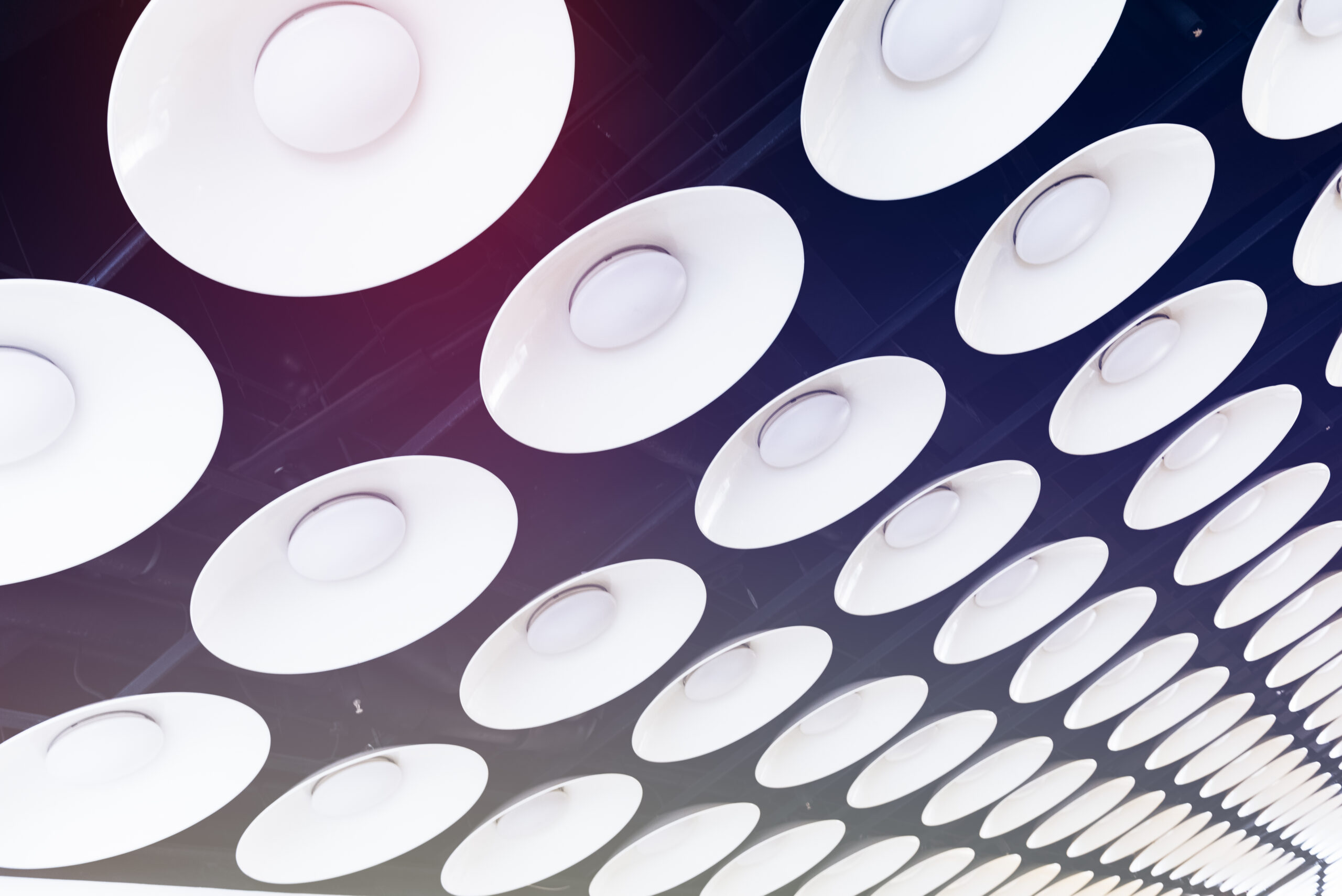
Lighting and environmental monitoring: when light becomes a widespread sensor
In next-generation factories, lighting is no longer just a support for visibility. It is taking on an unexpected role: that of a sensory infrastructure for environmental monitoring.
Each lighting fixture, thanks to the integration of IoT modules, can become a data collection point: temperature, humidity, air quality, gas emissions, vibrations. This way, a network of lights turns into a dense web of sensors, evenly distributed throughout the facility.
Let’s take a practical example: a production line where microclimatic conditions change continuously. Normally, dedicated monitoring systems would be required, along with additional installation and wiring costs. With smart lighting, however, data is gathered directly from the existing infrastructure. And the benefits go beyond savings on cabling: centralized data management enables cross-analysis of information, immediate alerts, and even automated corrective actions.
The value of this integration is threefold:
- Safety: early detection of environmental anomalies (e.g. smoke or hazardous gases)
- Efficiency: optimization of energy consumption based on real-time measurements
- Reliability: more monitoring points mean greater precision and data redundancy
In short, light becomes a “nervous network” that not only illuminates but also perceives and communicates. It’s an evolution that paves the way for more intelligent industrial management, where comfort, safety, and sustainability are no longer separate areas but integrated parts of a single system.







